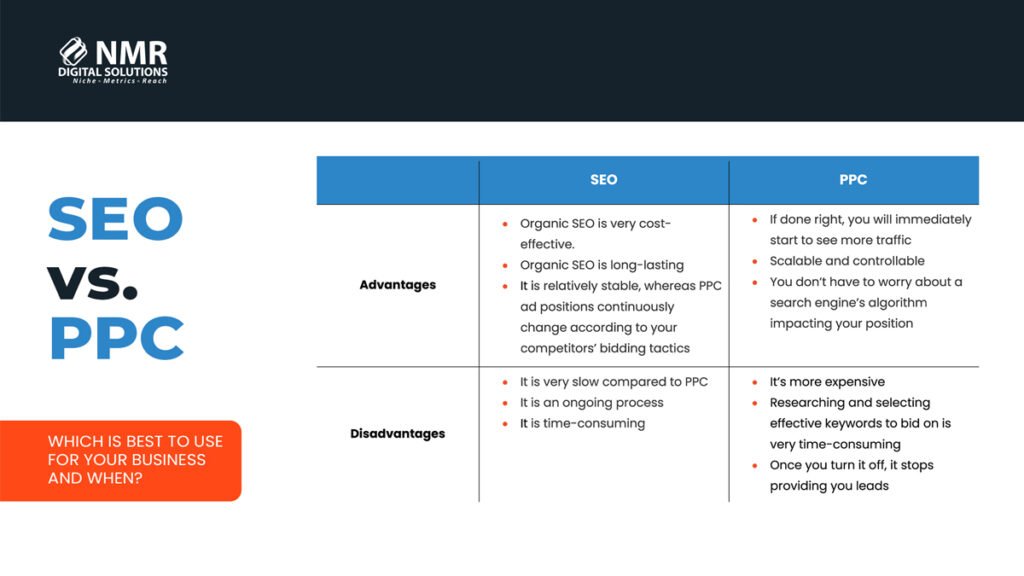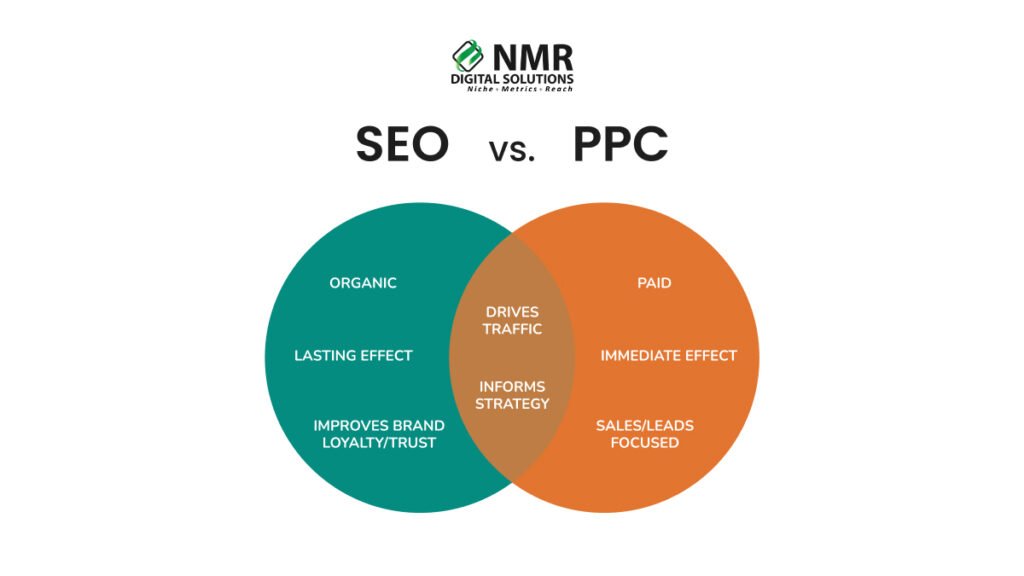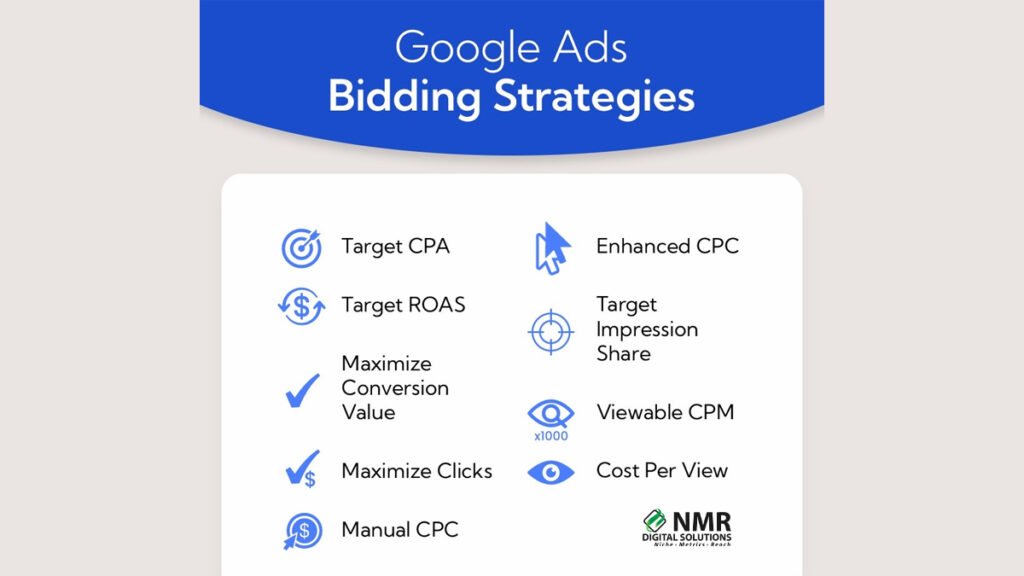In the dynamic landscape of digital marketing, pay-per-click (PPC) advertising stands as a cornerstone strategy for driving targeted traffic and fostering conversions. This definitive guide delves into the intricacies of PPC, elucidating its core principles, highlighting its demonstrable benefits, and equipping you with the knowledge to craft and execute successful PPC campaigns.

Demystifying PPC Marketing
PPC marketing, also known as PPC advertising or pay-per-click advertising, is a results-oriented digital marketing model. Advertisers incur a fee only when a user clicks on their advertisement. Imagine a bustling marketplace where you pay solely when a potential customer interacts with your storefront. That’s the essence of PPC – you’re essentially acquiring targeted visits to your website or landing page.

The Significance of PPC Advertising in Digital Marketing
In today’s fiercely competitive online environment, organic search engine optimization (SEO) alone might not be sufficient to secure immediate visibility. PPC advertising acts as a catalyst, propelling your website to the coveted top positions on search engine results pages (SERPs) for meticulously chosen keywords. This prime placement ensures your brand is seen by users actively searching for products or services you offer, significantly increasing the likelihood of conversions (actions such as purchases or sign-ups).

Advantages of Utilizing Pay-Per-Click Advertising
- Granular Targeting: PPC empowers you to target your ideal audience with laser precision. You can define demographics, interests, and online behavior to ensure your ads reach the most relevant users.
- Quantifiable Results: Unlike conventional advertising, PPC offers unparalleled transparency. You can meticulously track clicks, conversions, and other crucial metrics, allowing you to gauge the success of your campaigns and optimize them for enhanced performance.
- Rapid Visibility: In contrast to SEO, which requires time to yield results, PPC delivers immediate visibility. Your meticulously crafted ads can be up and running within minutes, driving qualified traffic to your website swiftly.
- Flexibility and Control: PPC campaigns offer a high degree of flexibility. You can adjust your budget, target settings, and ad copy in real-time, allowing for continuous optimization and performance improvement.

Paid Advertising versus Organic Traffic
While PPC offers a fast track to website traffic, it’s crucial to remember that it’s a paid form of advertising. Organic traffic, on the other hand, is generated through SEO efforts, which involve optimizing your website to rank higher in search engine results for relevant keywords. Both strategies have their merits, and the ideal approach often involves a synergistic blend of PPC and SEO for a well-rounded digital marketing strategy.
Unveiling the Mechanics of PPC in Digital Marketing
Now that you have a firm grasp of the core concept of PPC, let’s delve deeper into the operational aspects.
The Powerhouse of Google Paid Search:
One of the most widely used PPC platforms is Google Ads, formerly known as AdWords. Through Google Ads, you can create compelling text-based ads that appear on search engine results pages (SERPs) alongside organic listings. When a user searches for a keyword you’ve strategically bid on, your ad might appear at the top or bottom of the search results page.

Components of a Flourishing Pay-Per-Click Campaign:
Launching a successful PPC campaign requires meticulous planning and execution. Here are the key elements involved:
- Keyword Research: Identifying relevant keywords with high search volume and low competition is paramount.
- Strategic Bidding: Setting a budget and determining the maximum amount you’re willing to pay for each click is essential.
- Compelling Ad Creation: Crafting persuasive ad copy that resonates with your target audience is vital for attracting clicks.
- Landing Page Optimization: Ensuring your landing page is user-friendly and optimized for conversions is key to maximizing the impact of your PPC campaign.

Effective Bidding Strategies: The Core of Success
Bidding strategies are the cornerstone of successful PPC campaigns. Common strategies include:
- Cost-per-click (CPC): You establish the maximum amount you’re willing to pay for each click.
- Target CPA (cost-per-acquisition): You set the target cost you’re willing to pay to secure a conversion.
The Importance of Continuous Refinement
PPC is not a static strategy. Regular monitoring, performance analysis, and keyword list refinement are essential for optimizing your campaign and maximizing returns. By continuously refining your approach, you can ensure your PPC campaigns remain effective and deliver a strong return on investment (ROI).
The Intertwined Relationship Between SEM and PPC Marketing
Search engine marketing (SEM) is an encompassing term that encompasses various strategies to improve your website’s visibility in search engine results pages (SERPs). PPC advertising is a specific tactic
